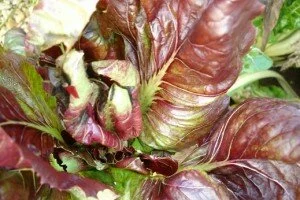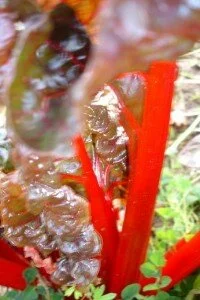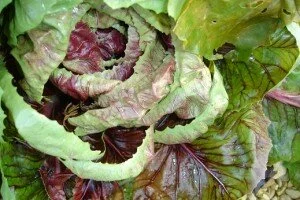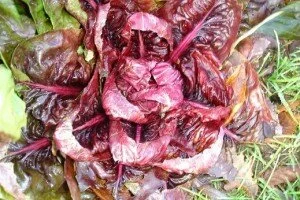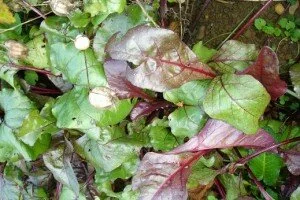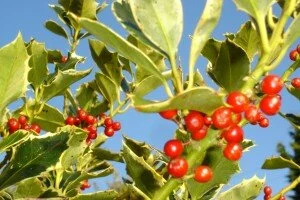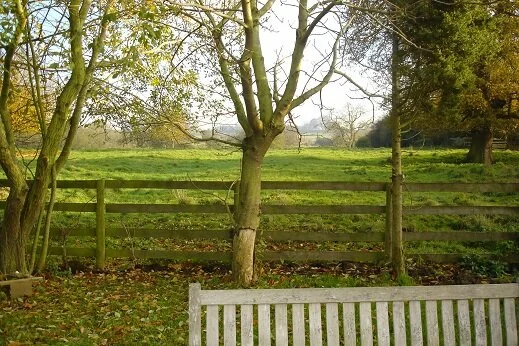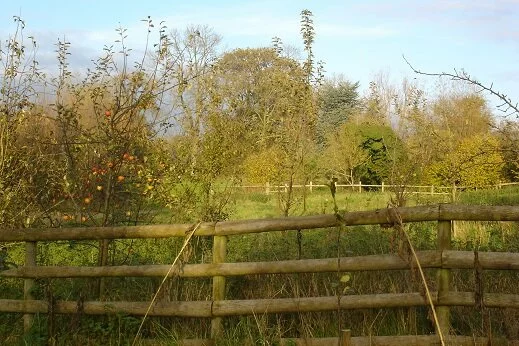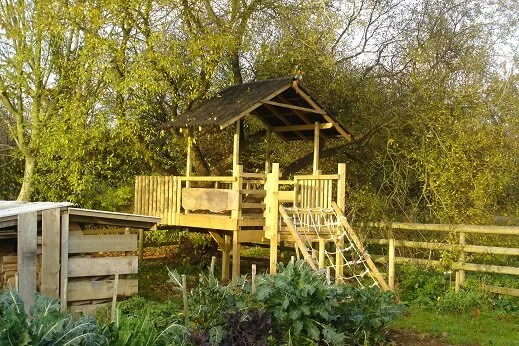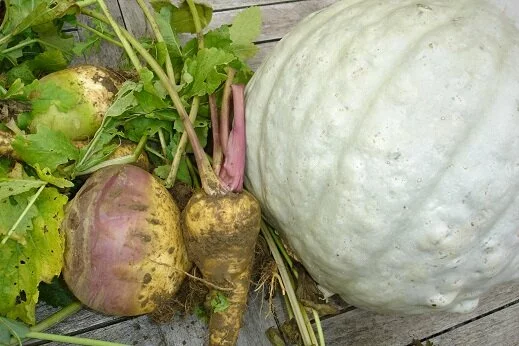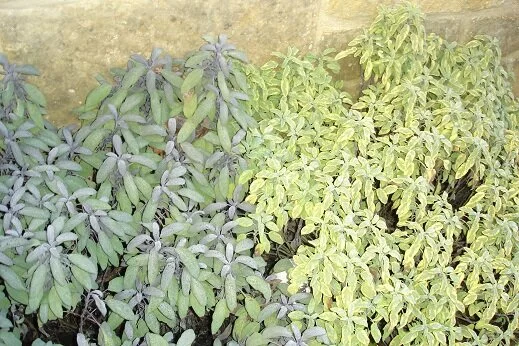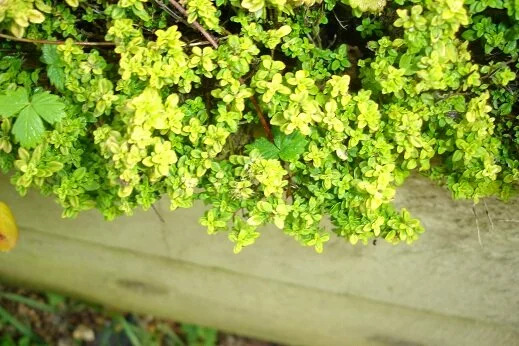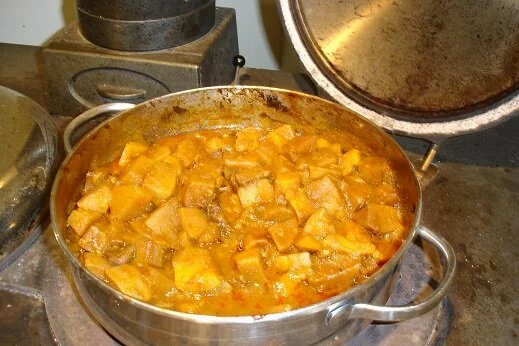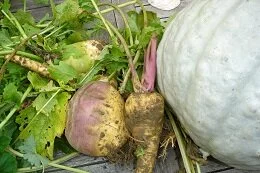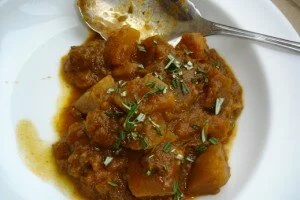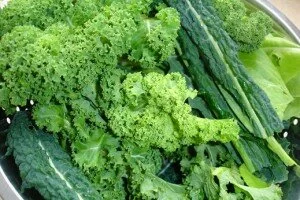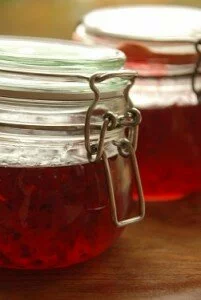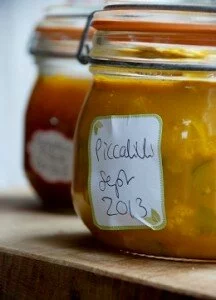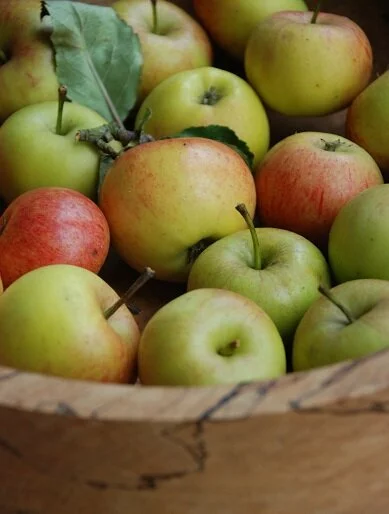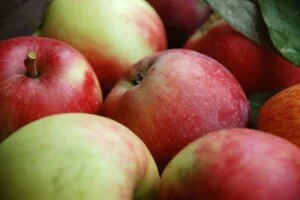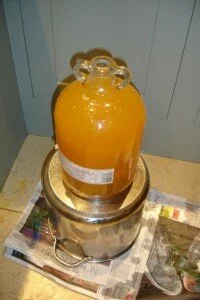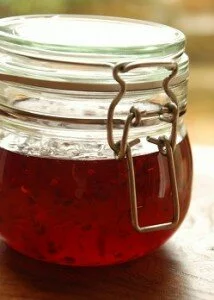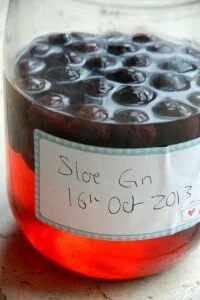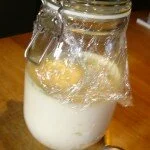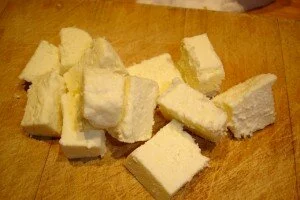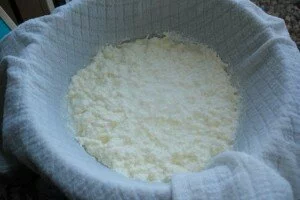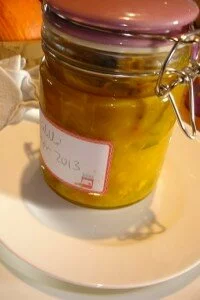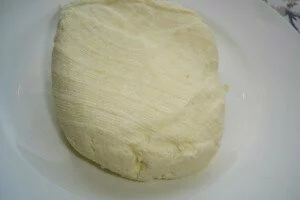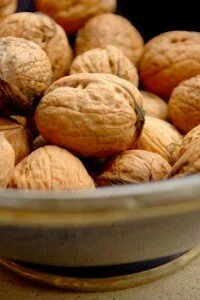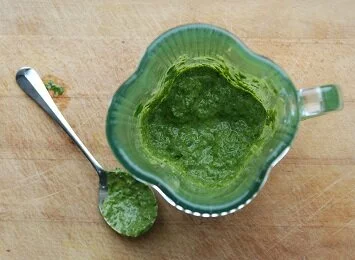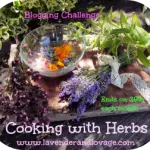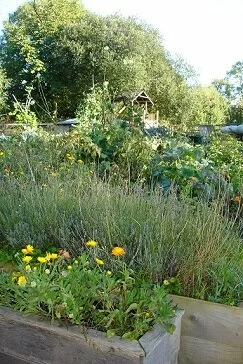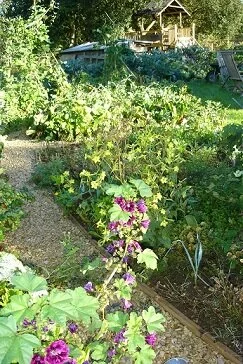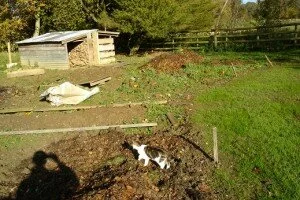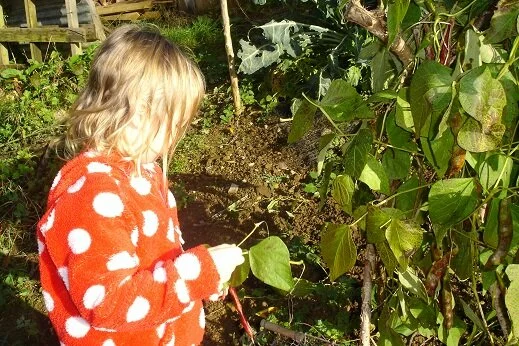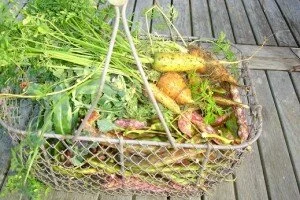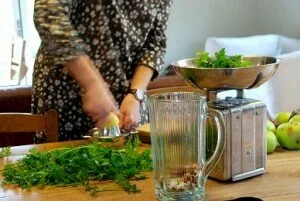We’re lucky enough to have delicious milk delivered direct from a local dairy farmer a couple of times a week. It comes in retro style glass milk bottles (similar to the ones I remember as a child) and I love the fact that these are re-used, the best type of recycling in my view. Better still, the Jersey and Guernsey cows are free-range, grazing throughout the year on grass and fodder crops (no blanket spraying of herbicides and pesticides, tradition rotation of crops to prevent weeds and pests instead), their milk isn’t homogenised and it tastes wonderful.


So when Ascott Smallholding supplies asked if I’d be interested in reviewing their cheese-making kit, I was keen to give it a go. Knowing I had access to great milk to experiment with was a factor and I’d also read somewhere that making soft cheese can be as easy as wine or bread-making. The idea of turning a bit of leftover milk into home-made ricotta was definitely appealing, and until a few generations ago many people made their own simple cheeses at home. Surely it couldn’t be too difficult?
When I eagerly opened my cheese-making kit a week later, I started to feel a little more daunted. The cheese moulds, cheese mats, thermometer,ladle, vegetarian rennet and cheese culture all promised a good game in the kitchen and there’s a great Beginners Guide to cheese-making in the kit.
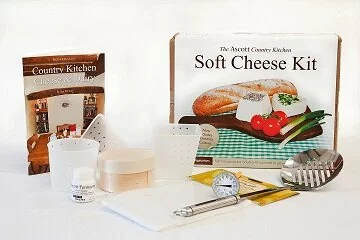
It was when I read the guide that terms such as ‘scalding’ and the many references to the importance of sterilization and precise temperatures began to trouble me. I began to wonder if, once again, my enthusiasm had got the better of my ability. As I’ve mentioned before, I’m a very rustic sort of cook; precision isn’t a word that many would apply to my culinary style.
Once I started making soft-cheese though, I realized that ‘scalding’ is of course only pouring boiling water and although you do need to be patient, cheese-making can be as easy a process as bread-making. Similarly, each step is pretty straightforward – warming milk to a specific temperature or whisking a cheese starter culture into warmed milk is as relaxing in its simplicity as kneading dough. And although this isn’t fast-food (you do have to wait for hours at a time between some of the processes) the wait requires no effort on your part, you can carry on with your busy day before enjoying the satisfaction of seeing your own curds forming.
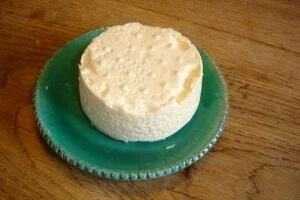
First time round you have to make a liquid cheese starter but this can then be frozen in ice cube trays. You only need a small amount each time, and future making of soft cheese is then really pretty simple; Ruby made some with me in the half term holiday and I was able to let her do most of it herself. The soft cheese itself can be frozen too and I’ve used it after freezing in a lovely New York style cheese-cake as well as mixed with spinach or chard ricotta-style in pasta bakes. I’m planning to take inspiration from those delicious Greek pies and use my soft cheese with home-grown greens (or foraged greens in the Spring) and herbs in filo pastry in a version of my Wild Greens Pie too.
I have to agree with Kate Self of Ascott’s assurance:
“You have just got to be patient and have a go. It isn’t difficult, you can decide to make soft cheese in the morning and eat it for dinner.”
You can experiment by adding different herbs and try different milk – I’m really looking forward to experimenting with goats milk too and maybe even Buffalo milk. Having produced substantial quantities of whey (the watery liquid that’s leftover after the milk has curdled) I can understand Miss Moffet’s fixation. Whey is a by-product that happens to be highly nutritious and versatile yet it isn’t exactly easy to buy. Hence my excitement when it was great in American style pancakes (they tasted a bit like sourdough pancakes). Look forward to trying it out in baking (apparently you can substitute whey for water or milk in cakes, bread and biscuits) though I imagine you have to be careful that it’s something that suits a hint of a sour taste.
I’m also planning to try making ricotta with the whey – apparently you just add milk to leftover whey and heat it (hence the name ‘ricota’ or re-cooked) until curds form.
Can’t imagine I’ll be producing a Stilton for Christmas and an aged pecorino may be a tad out of my league but definitely finding soft cheese-making both satisfying and a little addictive.
If you have access to good milk, would definitely recommend the following:
Making a Liquid Cheese Starter
Heat 1 litre of fresh milk to 20C. Sprinkle a sachet of freeze dried cheese culture (available from Ascotts) onto the milk and whisk thoroughly to ensure it’s mixed into the milk. Pour into a sterilised container and cover with cling film immediately. Put on a lid and leave somewhere with a temperature between 20-22C for 22-24 hours. After checking for a night or two with the thermometer, I realised that our kitchen luckily remained at this temperature overnight after we’d had the wood-burner lit in the evening.
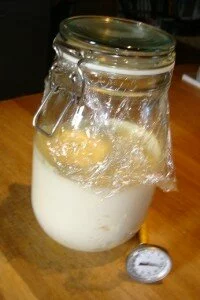
The cheese starter is ready when it smells sharp and clean. Store in the fridge or freeze for future use – I’ve frozen mine in ice cube trays for future cheese production as only small amounts are needed each time.
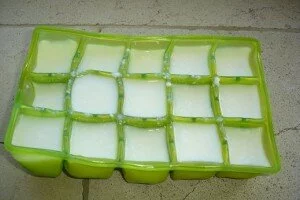
Recipe for Home-Made Soft Cheese
Makes 4 small soft cheeses
Ingredients
2 ½ litres of milk (if you have some that isn’t homogenised it curdles easily)
1 Dessert spoon made up cheese starter (see above)
2 drops vegetarian rennet
Salt
1) Slowly heat the milk to 32C
2) Pour milk into sterilised bowl and whisk in the cheese starter until thoroughly mixed.
3) Add 2 drops of rennet to 2 tablespoons of boiled, cooled water in a sterilised cup. Stir this into your milk/starter mixture.
4) Cover with a clean tea towel and leave in a warm room (my kitchen has been warm enough so far but this is obviously weather dependant) for between 1 and 2 ½ hours until the curd has formed and you have watery whey on the top. You will have to poke in a very clean finger to check.
5) Ladle off as much whey as possible, reserving for future use.
6) Now you can either:
a) Suspend the curd in a sterilised muslin, tied and hung over a bowl (to catch more whey) for an hour for a pot of cream cheese. Add salt and maybe herbs to taste and it’s ready to eat.
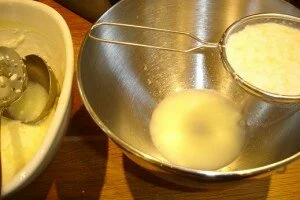
b) Using a slotted spoon, put the curds into scalded cheese moulds (sprinkling lightly with salt as you go) stood on a scalded cheese mat. Stand both on a cake cooling tray over a baking tray to catch more whey. The salt will help to release the whey, while improving the flavour. Leave in a warm room for 12-24 hours for the whey to drain – the cheese will shrink by half, leaving a curd that is firm enough to pick up in one piece.
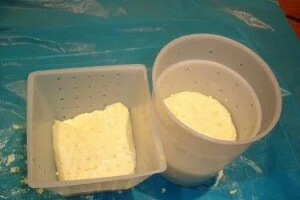
During this time, as soon as it’s firm enough to handle, turn the cheese upside down a couple of times. When you turn out your cheese you may want to coat with cracked pepper or chopped fresh herbs. I’ve tried chives, parsley and lemon thyme but different herbs can be used according to season and taste.
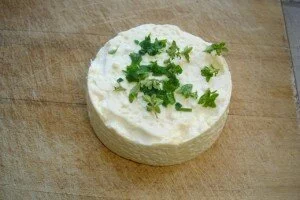
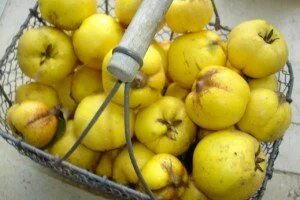
The cheese is lovely with bread, honey and maybe a few nuts for breakfast as well as on warm bread with olive oil drizzled over as a snack or with lunch. I may need to poach a few of my quinces slowly in red wine to scoff with soft cheese and honey too.
To buy cheese-making equipment such as moulds, thermometers, cheese mats, vegetarian rennet and sachets of freeze-dried cheese culture, see Ascott Smallholding supplies. Thanks lots to Ascott for my cheese-making kit and for getting me interested in making cheese.



